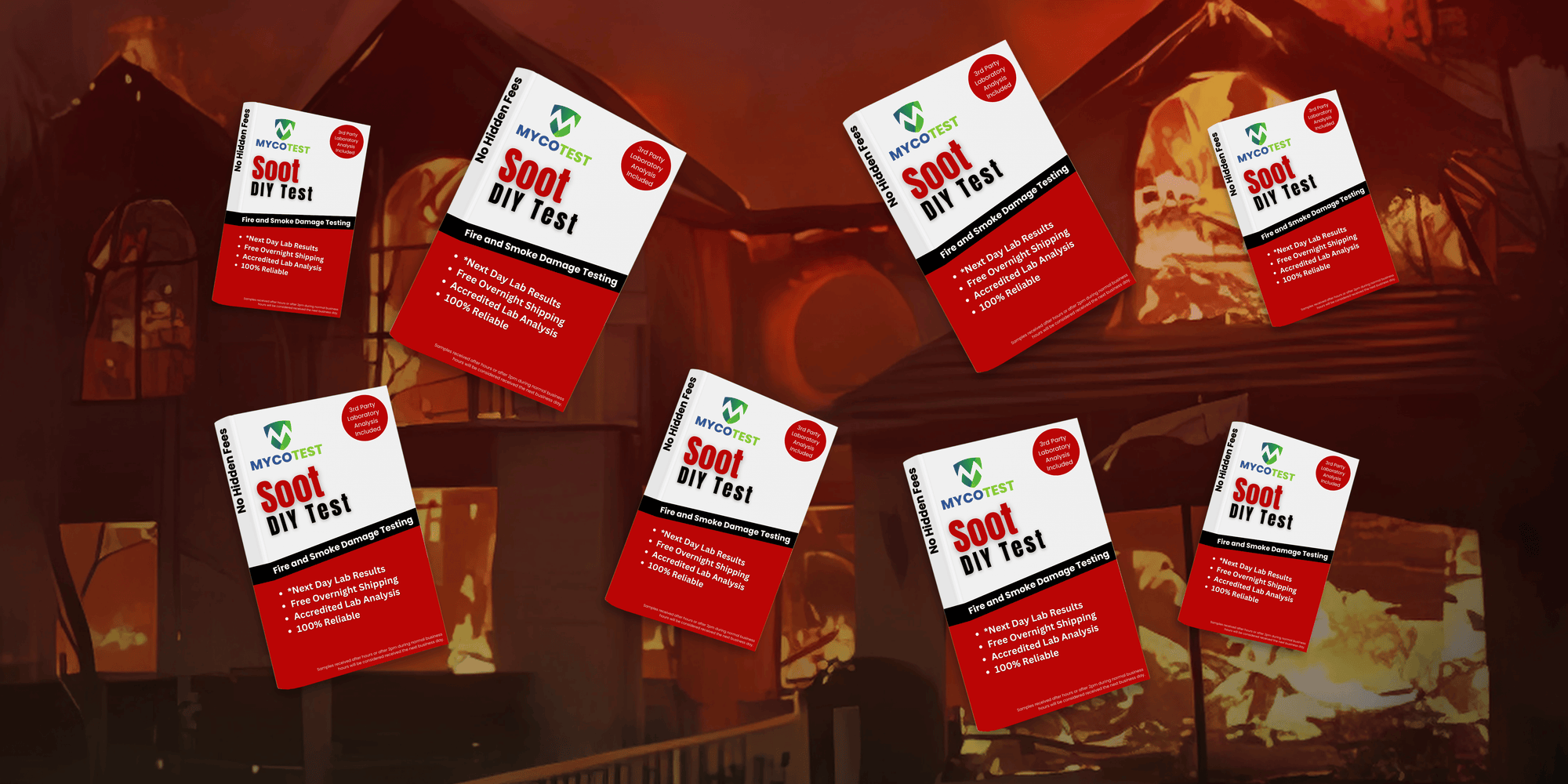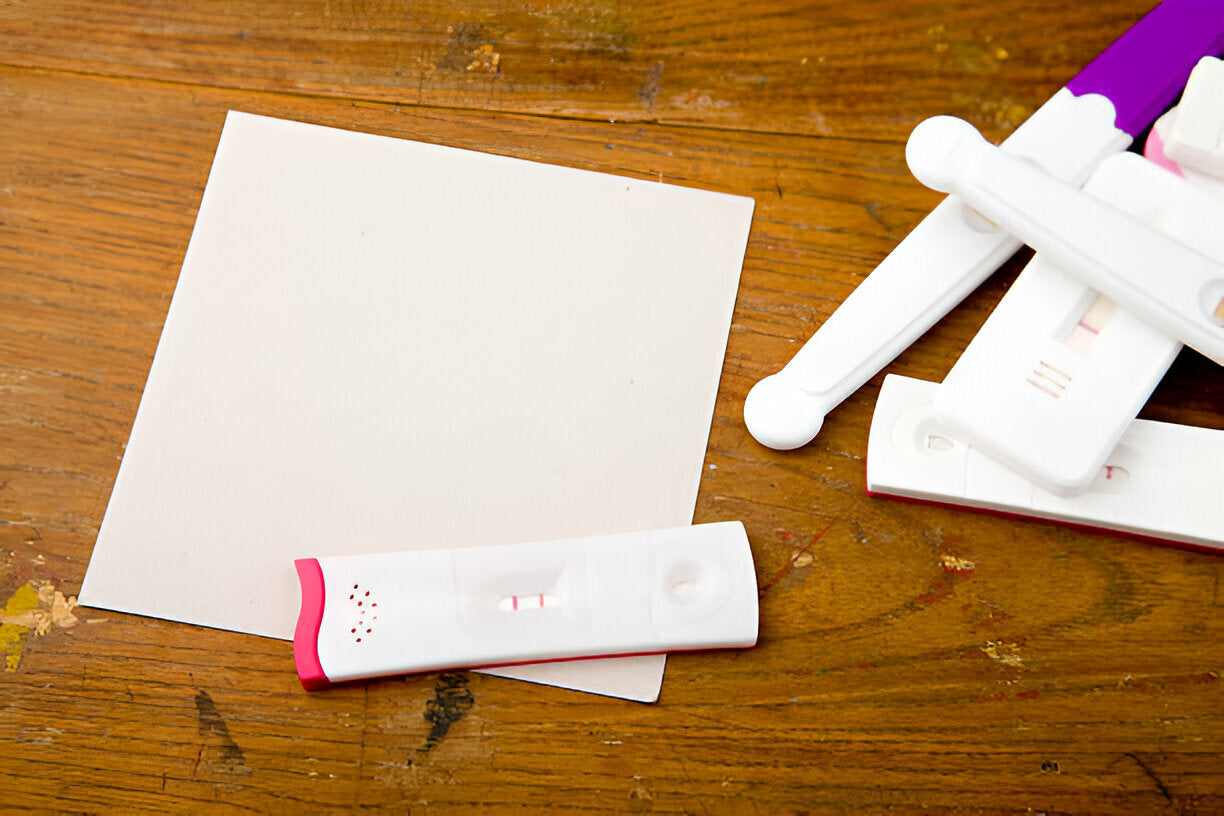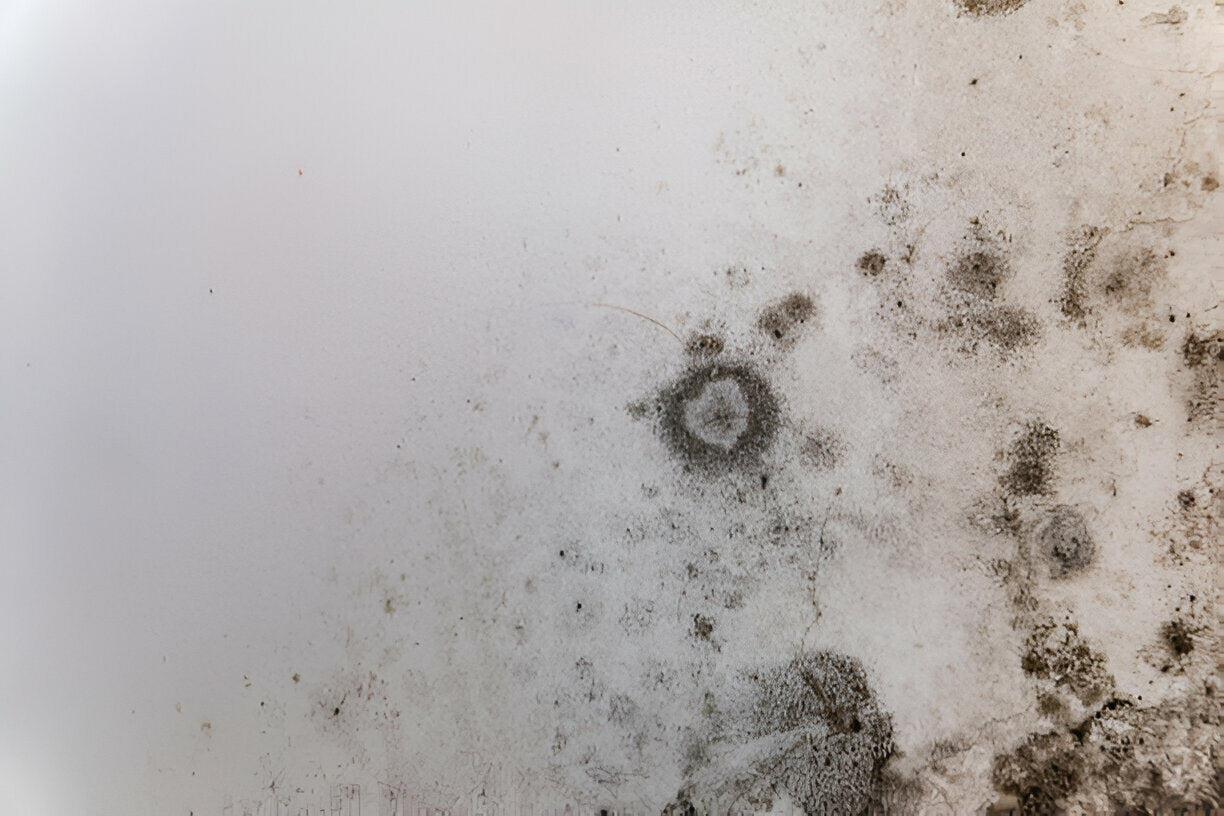Soot is one of the most common byproducts of a fire, and even after the flames are out, its presence can be pervasive in your home or workplace. Whether you're dealing with the aftermath of a small kitchen fire or a larger blaze, it’s crucial to know how to detect and manage soot. But with so many options available for soot testing, one common question arises: Is soot testing reliable?
In this blog, we’ll discuss the reliability of soot testing, how it works, and how MycoTest’s DIY soot testing kits can help you make informed decisions about cleaning and restoring your space after a fire.
What Is Soot?
Soot is a fine black or brown powdery substance produced by incomplete combustion of carbon-containing materials. It’s made up of tiny particles, including carbon, ash, and other materials, and can settle on walls, ceilings, floors, and other surfaces after a fire.
While soot may seem like just a surface-level problem, it can have lasting effects on your home and health. Inhaling soot particles can lead to respiratory issues, irritation of the eyes and skin, and in some cases, long-term health problems. For homeowners and professionals, understanding the extent of soot contamination is critical for proper cleanup and restoration.
How Is Soot Testing Done?
Soot testing typically involves collecting samples from surfaces in the affected area and analyzing them in a laboratory. This process can be done using the tape sample(s) provided with your purchase. The collected samples are then sent to a lab where they are analyzed for the presence of soot and its composition.
There are different types of soot testing methods, but they generally fall into two categories:
- Visual Inspection: This is often the first step, where you check for visible soot or smoke residue on surfaces. While this can give a general sense of the severity of soot damage, it doesn’t always reveal the full extent of contamination.
- Lab Analysis: This is where actual soot testing takes place. Lab analysis can detect the presence of soot particles that may not be visible and provide more accurate results regarding the severity of the contamination.
Is Soot Testing Reliable?
The short answer is yes—soot testing is reliable, especially when conducted by certified professionals or through an accurate DIY testing process. Here’s why:
- Accurate Detection of Soot: Lab-based testing can accurately identify the presence of soot, even in small amounts. It can also distinguish soot from other residues or contaminants that may appear similar.
- Helps with Cleanup and Insurance Claims: Reliable soot testing can help determine the extent of the damage, which is essential for effective cleaning. Additionally, it can provide evidence needed for insurance claims, ensuring that you receive appropriate coverage for restoration efforts.
- Detailed Results: A thorough analysis by an accredited lab comes with your purchase.
How MycoTest’s DIY Soot Testing Kits Ensure Reliable Results
At MycoTest, we offer DIY soot test kits that allow you to test for soot and its presence in your home after a fire. Our kits are designed to be simple to use and provide accurate, professional-grade results. Here’s how it works:
- Collect Samples: Using the provided tape sample(s), you can easily collect samples from surfaces in your home or building that may have been affected by soot. The process is straightforward and designed for accuracy.
- Send Samples to Our Lab: After collecting the samples, simply send them to our certified lab for analysis. If the lab receives your samples by 2pm EST, results will be available as early as the next business day.
- Get Professional Guidance: After you receive your results, MycoTest offers a free 10-minute consultation to help you understand the findings and take the next steps in the cleanup or restoration process.
By using MycoTest’s DIY soot test kits, you can trust that the results are accurate, fast, and easy to interpret, giving you peace of mind during the recovery process.
When Should You Test for Soot?
If your home or workplace has experienced fire damage—whether large or small—it’s essential to test for soot contamination. Soot can be easily overlooked during initial cleanup efforts, but lingering particles can pose serious health risks if not properly addressed. Testing for soot is especially important if:
- You notice a persistent smoky odor or black marks on surfaces.
- You’re concerned about potential health risks for you or your family.
- You need proof of soot contamination for insurance purposes or a restoration plan.
- You need to determine the extent of soot contamination.
Conclusion
Soot testing is a reliable and essential process for detecting and addressing soot contamination after fire damage. Whether you're a homeowner or a professional, it’s important to understand the extent of soot in your environment and take appropriate steps for cleanup and restoration. With MycoTest’s DIY soot test kits, you can get fast, accurate results and make informed decisions about the next steps in restoring your space.






